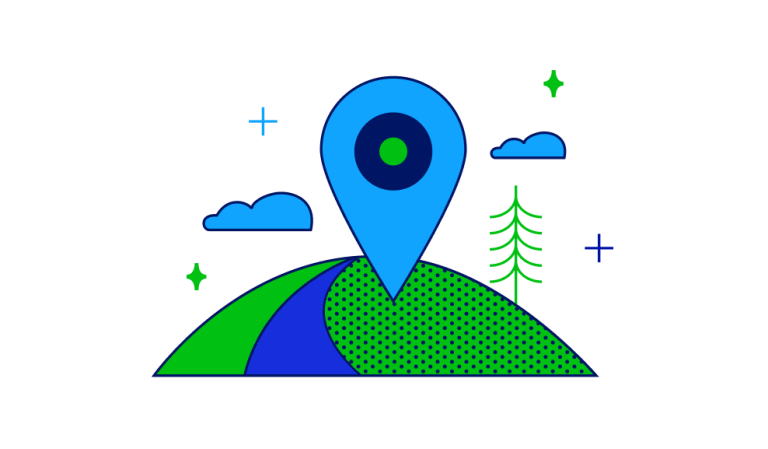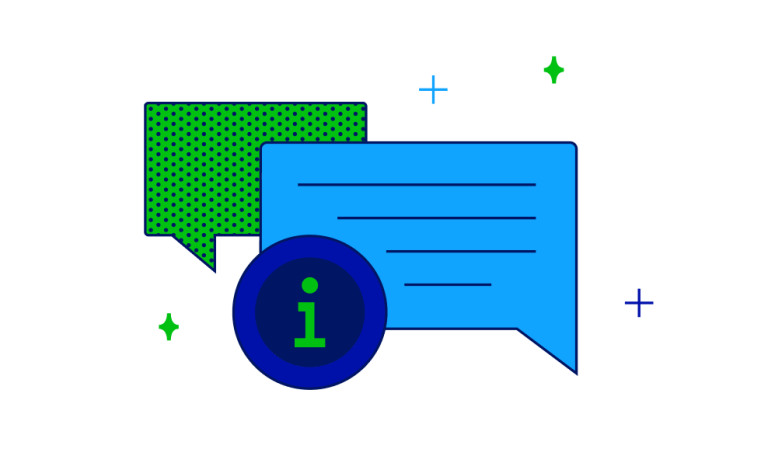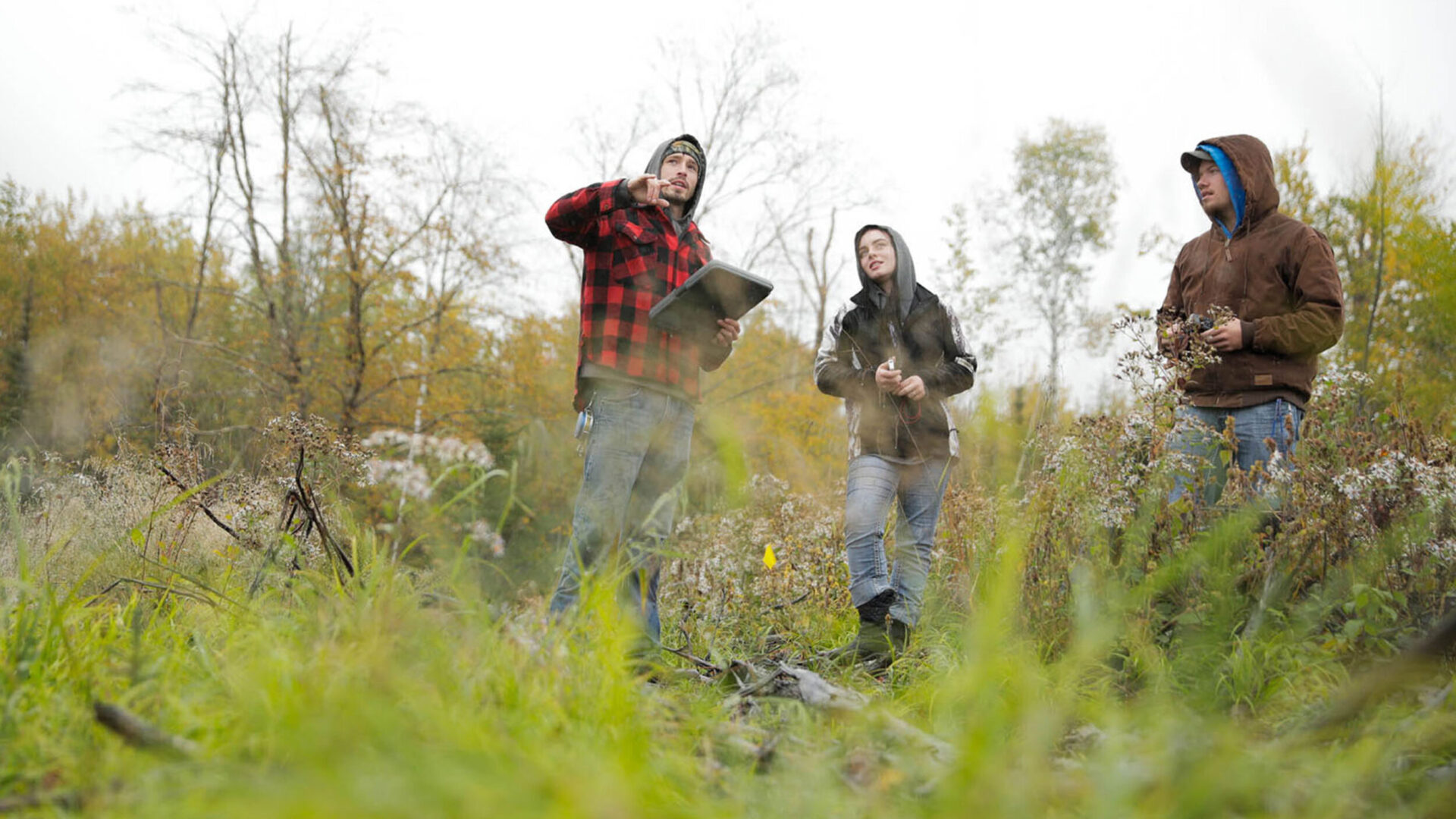
Program Overview
Watershed Science
Program Overview
A combination of field work and lab work is an ideal job for many students. The watershed program focuses on the skills necessary to perform field work on lakes, rivers, streams, and wetlands. Students will also spend time learning lab techniques for basic water testing.
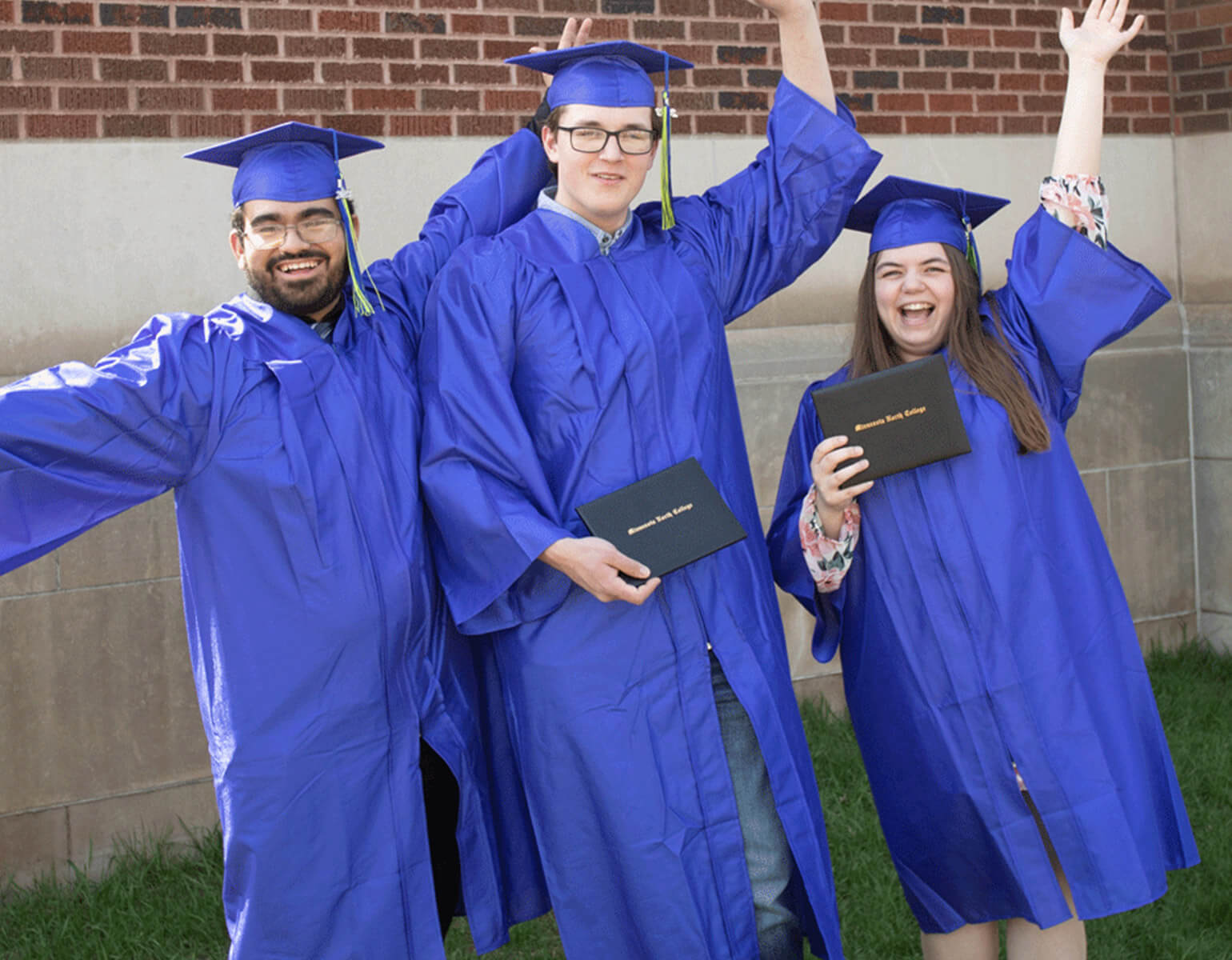
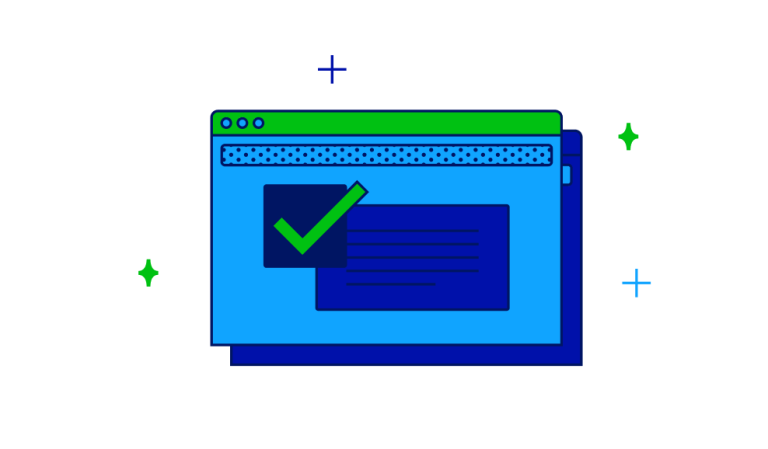
$56K
Median annual salary for hydrologic technicians
3%
Projected job growth in the next decade
12K
Jobs currently employed with this field
Sources: US Bureau of Labor Statistics
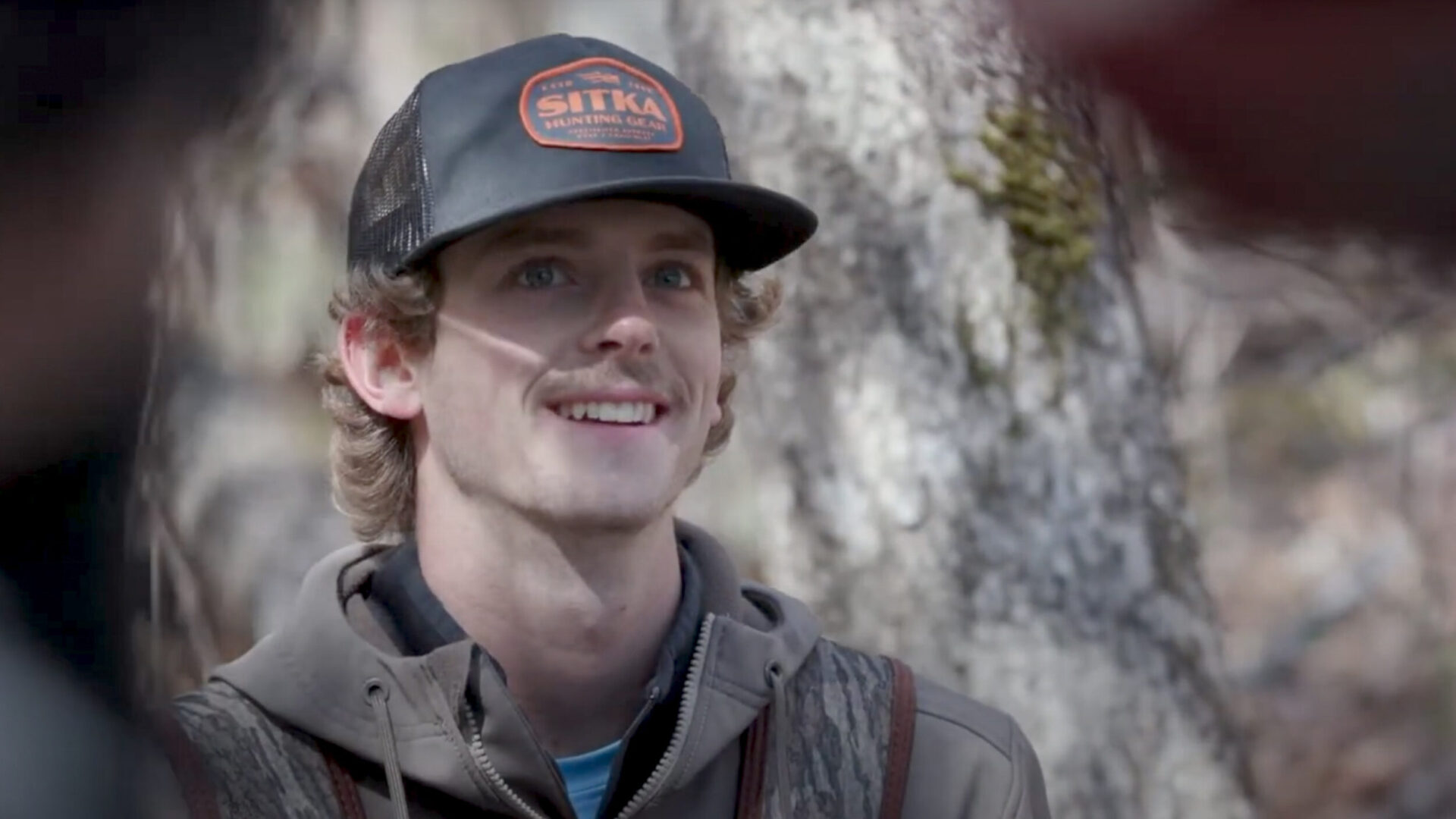
Reasons to Attend Minnesota North
A unique environment to live, work, and study.
The Vermilion Campus is located in one of the largest watershed areas in the United States. You’ll also have access to the best quality personal and industry equipment in Northern Minnesota.
Thorough career preparation.
Students in the watershed program have:
- A large group of alumni to draw experience and opportunities from
- Qualifications for all necessary industry licenses related to employment
- Clear transferring agreements and opportunities for further education
- Opportunities to make professional, individual, and industry contacts
- Diverse field careers

